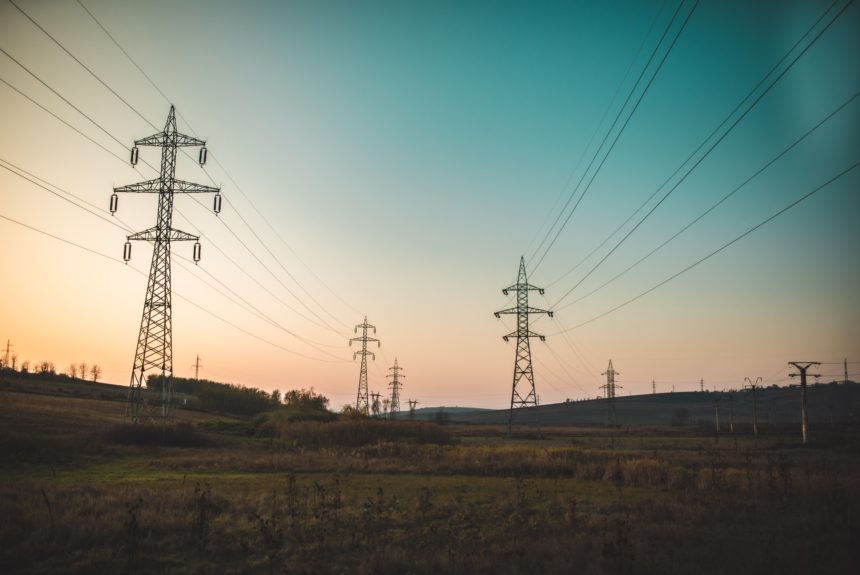As Texas braces for another cold front, energy reliability of the power grid is on the forefront of Texans’ minds. About this time last year, Winter Storm Uri left 4.8 million Texans without power for days and tragically killed more than 100 people. It’s a painful anniversary and one Texas’s Public Utility Commission (PUC) is working to minimize the probability of such a catastrophic event from happening again.
In December, PUC finalized phase one of its two-phase plan to enhance the state’s grid reliability. While phase one included many pragmatic reforms to fix and upgrade equipment (among other reforms), phase two is raising more questions than answers. One overarching concern among many electricity market experts is potential changes to Texas’s grid structure that would mandate backup generation.
>>>READ: What Really Happened to Texas’ Power Grid During Uri
Under Texas’s current structure, they have an “energy only market” where energy suppliers are only paid for the electricity they supply. Suppliers invest in assets over time based on price signals from the market which is driven by supply and demand. This market-based approach is a big reason why Texas has been able to grow its economy, keep energy prices affordable and have a solid track record on reliability. However, immediately after the storm there was a lot of finger pointing, at specific energy sources, but also at the state’s grid market.
Several state policymakers and regulators have suggested restructuring Texas’s grid to be more like a “capacity market” which forces ratepayers to pay utilities for having extra energy capacity in reserve in the case of emergency. While having extra generation available sounds appealing, it is very questionable how a capacity market would’ve helped Texas residents during Winter Storm Uri. As Texas Tech University economist Michael Giberson explains:
“The diagnosis appears questionable on a few grounds. First, a capacity market relies on resource adequacy analysis to determine how much capacity the system should buy on behalf of customers. That reliance should suggest an immediate concern. If, as in ERCOT, the resource adequacy assessment is badly off target, then the capacity market would have secured far too little “extra capacity” to have made a difference. The MISO and SPP power systems adjacent to ERCOT both have capacity mechanisms driven by state resource adequacy policies, and both also experienced rolling outages (though at a much smaller scale). Lack of a capacity market cannot be the primary factor.
In addition, many natural gas generators were ready to deliver but lacked natural gas supplies. The EIA reports that natural gas production fell by 45% during the week of the cold snap. Formal capacity markets have rules intended to encourage reliable fuel supplies, but it is unlikely they would have made much difference given the scale of the natural gas supply shortfall.”
Past Texas PUC commissioners, who have proposed several reforms to prevent another major outage, similarly warned against any changes to the grid’s structure: “We do not recommend creating a capacity market or a backup generation reserve at this time. Those are complicated and costly changes that may not be effective. We had enough steel on the ground in February; the issue was that some of it simply wasn’t ready or fueled up for the extreme weather. If we have more reliable power and gas supply and lower demand, we may not need a costly backup capacity mechanism.”
Installing a capacity market would undo many of the benefits a competitive grid offers. Requiring additional, rarely used generation would likely burden Texas households and businesses with additional costs without any meaningful reliability benefits. Furthermore, the way state regulators define “reliability requirement” could lead to the government picking winners and losers among energy sources and technologies – a concept Texas has long prided itself on advocating against.
>>>READ: Competitive Energy Markets Can Deliver on Climate Goals
That is not to suggest a “do nothing” approach to reducing the risks and costs of the next major storm. Lessons learned from last year’s storm should serve as a guide for prudent policy. Improving reliability while maintaining energy affordability should be the top priority for state policymakers and regulators. There are pragmatic solutions to better coordinate blackout rotations, to establish firm backup supplies for critical assets like hospitals and to explore the cost and benefits of weatherizing energy assets.
But even winterization must be vetted through a proper cost-benefit analysis. As University of Texas energy expert Joshua Rhodes said, “Could we have built a grid that would have fared better during this time? Of course we could have. But we could also build a car that could survive every crash you could possibly throw at it, but it would be very expensive and not many people would probably be able to afford it. At some point we do a cost-benefit analysis of how much risk we are willing to take.”
As bad as Winter Storm Uri was, one cannot overlook the benefits Texas’s energy only market provides. Retail choice has empowered customers and lowered energy bills. Competition offers flexibility for households and energy-intensive businesses and has been a boon for both conventional and clean energy deployment. As a hub for innovation, freedom and consumer-centric policies, it would be regrettable to see Texas move away from the principles that deliver for the economy and the environment. Texas policymakers and regulators would be wise to remember those economic and environmental benefits derived from the state’s competitive electricity market.
Families and businesses want affordable, dependable power; however, improving the reliability of the grid in response to Texas’s winter storm should effectively correct for any specific problems rather than unnecessarily overhauling the entire market structure.
The views and opinions expressed are those of the author’s and do not necessarily reflect the official policy or position of C3.
